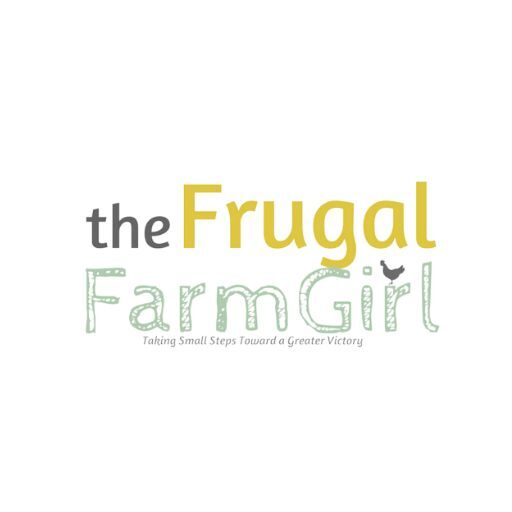You’ve probably heard that saying: chicken math, goat math, fill in the blank, any livestock animal math. It’s true. Before you know it, you have a barn full of animals. Maybe it’s only true for us animal lovers. I grew up wanting to have a hobby farm, and at the beginning of my middle school years, I went to a farm to do chores after school daily.
When I got my first farm animal, a potbelly pig named Bently (who lived in our house for a year), I knew I wanted to do this with my little spare time! Fast forward seven years, and I’m thinking about downsizing!
I didn’t think I would ever feel like that so soon.
If you are struggling with the idea of downsizing or changing direction with your farm, let me walk you through it. Why? Well, I’m going through the same thing, and this blog is all about sharing our experiences so we all can live our best lives.
Last year, I started thinking about downsizing our goats. It really got me thinking because of our goat Willow. She’s the only doe I have with horns, and she’s scraping up the beautiful barn my husband built. She’s also just annoying the sheep with those things. She’ll bang against the pens inside, and at this point, I’m over it.
Yes, I’ve tried all the tricks—tennis balls, pool noodles, and some crazy thick material my husband got from work. Nothing lasts more than a couple of days.

So I will sell her. Another main reason is that I only have three pens inside the barn. None of the other goats or sheep will go in a pen with Willow, so space is an issue.
I shared on my FB page that I was asking for advice and thoughts because I thought maybe it was my age. I’m turning 40 at the end of the year.
Maybe it’s winter, but it’s definitely winter that doesn’t help anything. The responses were helpful, so I want to share your advice here.
I’m waiting on our last senior daughter to give birth. As I write this, we will have four Doe goats to give birth this year. After three years of doing this, we have only had one issue so far: our little tiny goat. Cocoa, the dam, wants nothing to do with him, so we are bottle-feeding him.
I currently do not include goat kids. I have five does. Two bucks and a wether.
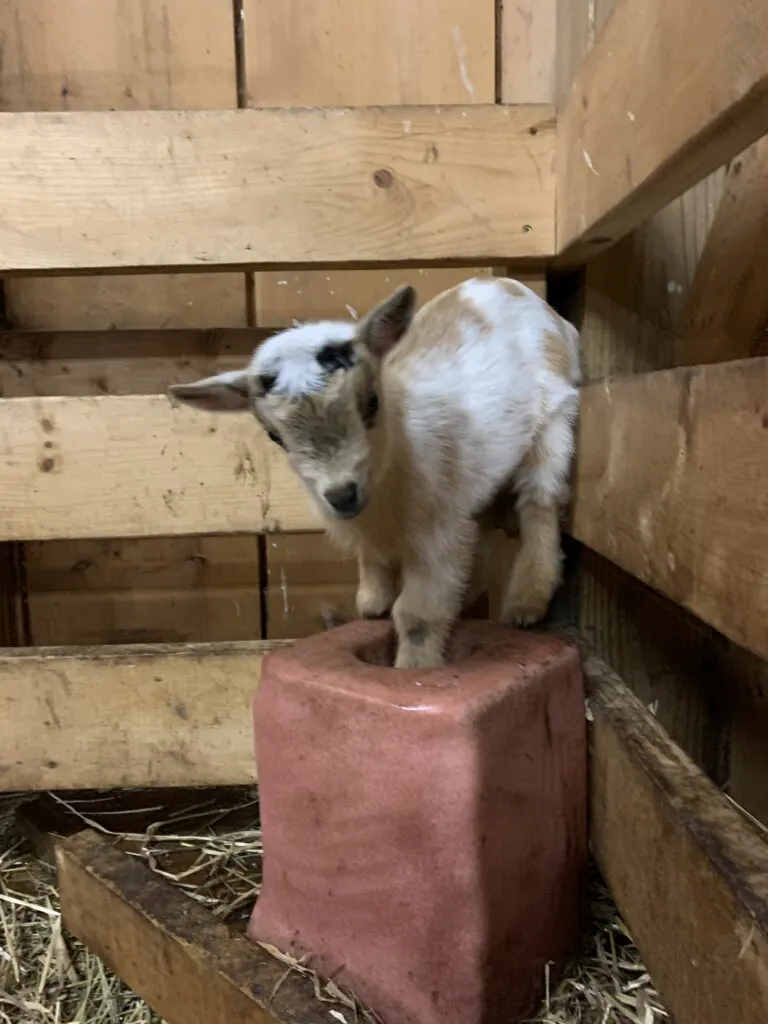
I’m going to sell our silver Nigerian Dwarf Buck, Adam, whom I love. I want one buck to breed all that I have, which is why I bought a registered Nigerian dwarf buck, Rusty. I will try to sell Oreo, Willow’s brother, with Adam and maybe even Adam and Willow as a breeding pair.
Getting a list of who to sell and how much helped me see the options. It also helped to visualize the space. Since I started writing this, our last doe had triplets. One died shortly after birth, we had a very small girl who is doing great, and we lost the bottle baby.
Yep, it was our worst kidding season, and it decided to downsize and cut back easier in some ways.

After losing the bottle baby, I wanted to stop breeding. Then, milking the goats again, I remembered how much I love the milk. Three weeks later, I’m reminded of the commitment of milking.
The point is that this is the homesteading life—the back-and-forth. Keeping animals is never easy, and making decisions for the overall health and well-being of your farm is crucial and difficult.
I’m proud to say that I found a great home for our wether Oreo, our young doeling Sandy, and Willow and her two doelings went to a family that will continue to milk her. I did have one little breakdown when I was out in the barn with Willow, and she was all sweet. I just felt sad, cried, and reconsidered selling her.
It did pass, and I felt better about releasing those emotions.
Already, I can slowly see the positive changes. This post isn’t a step-by-step or do this, and this will happen. It is sharing the realities of raising goats and hoping that maybe it will help you take the next hard step that you know needs to happen.

Here are some things to consider:
Can you afford to keep feeding all the current animals?
Write down your monthly expenses for the animals to get a better idea of how much you’re spending. It’s probably more than you think. When I did this in the winter, I thought I was getting fed every five weeks, but it was more like every three weeks.
Do you have the space for them?
If you live in an area like ours, where our grass is dead most of the year, we must feed hay a lot. If you live in a warmer area, do you have enough space to feed them or rotate pens?
If you are breeding goats, keeping the babies is a bit easier because if you only have a buck, you have to sell. If you pay for breeding, it’s harder. Going forward, I don’t want to keep any of the goat kids, and I just breed for milk. Selling the goat kids usually pays for the hay each year.
I like keeping track of this, as well as breeding and every goat-related matter, in my livestock binder.
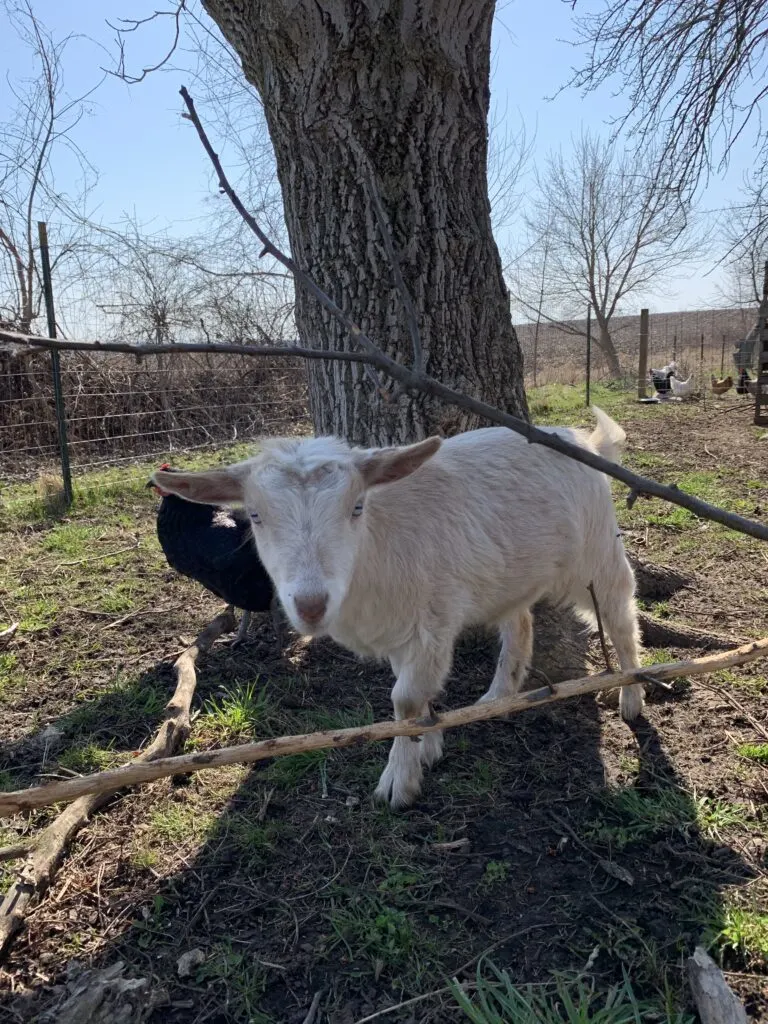
Do you have the time to clean the pens?
Having less space for the animals to go out on means more cleanup in a concentrated area. Time to care for the animals is a real issue, and finding others to care for them if you decide to go on vacation.
Market Value
Are some of your animals worth more than others? This can be a helpful factor when choosing what animals to downsize with.
Labor Requirements
More animals = more work. It’s simple math. The kind of math that has you questioning your life choices at 2 a.m. as you’re delivering goat babies in the barn.
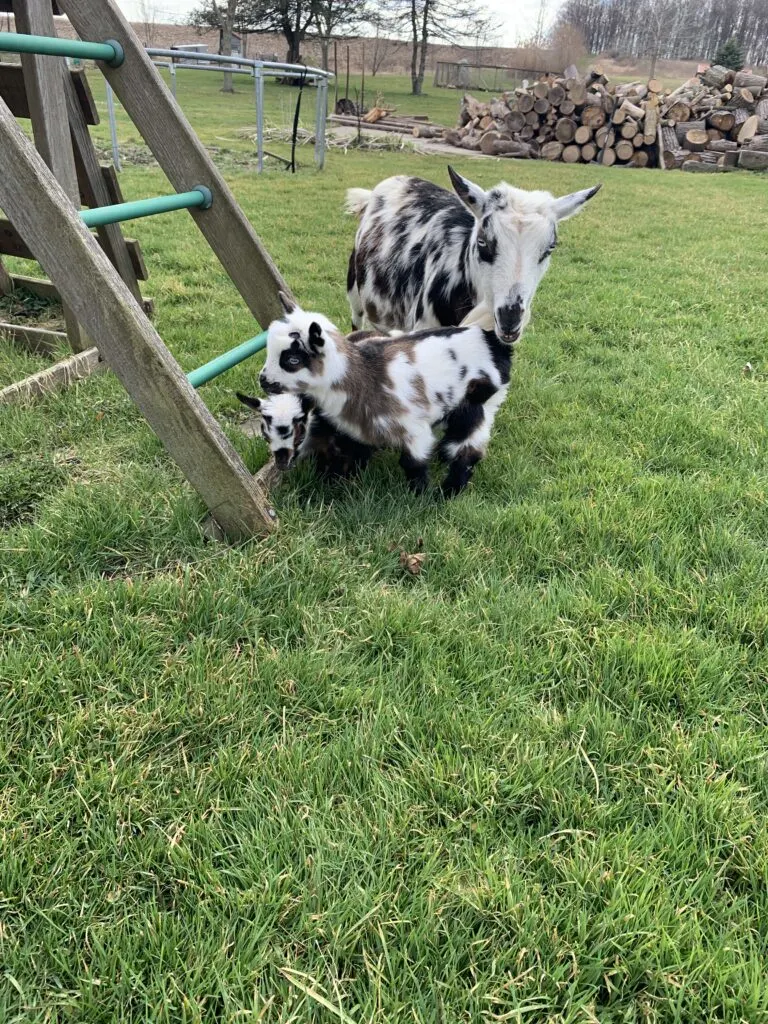
Practical Considerations
Do you actually have enough time to spend with each animal? Contrary to popular belief, goats don’t thrive on neglect and old tin cans.
This one can be tough, and I struggle with it the older I get because I hate sitting out in the barn in the cold, but I’m all about giving those animals attention. Keep this in mind as you start adding more livestock.
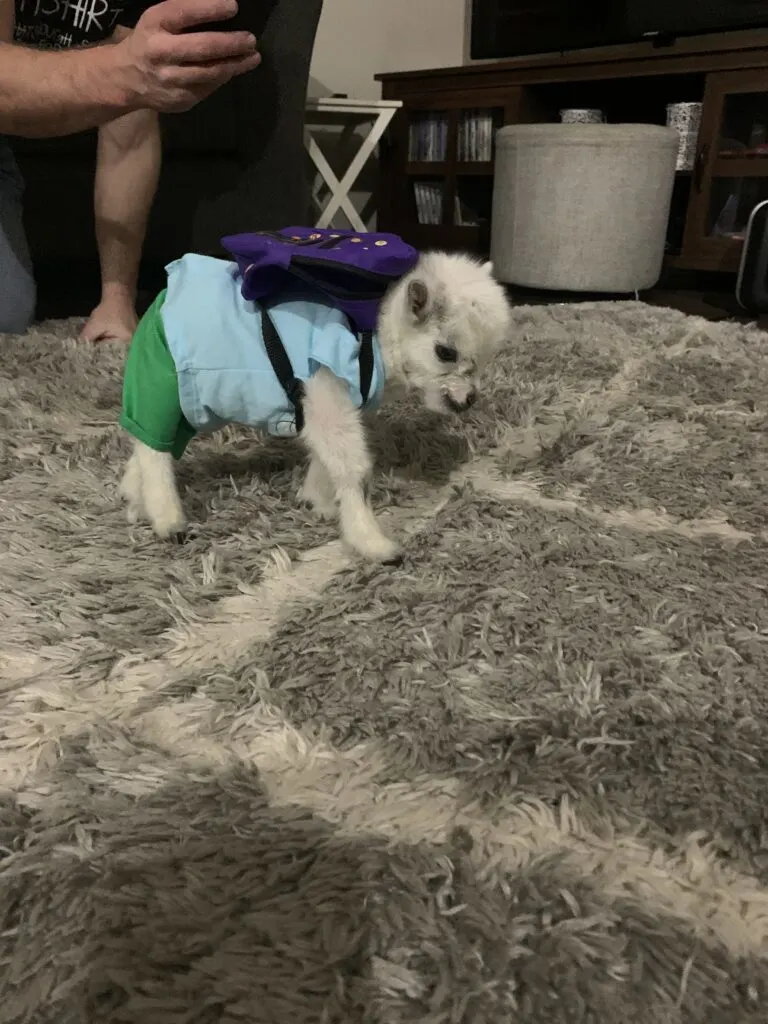
Don’t let guilt consume you
Losing that bottle baby was hard. I haven’t cried out like that and felt such a weight of guilt like that in a long time. It was a horrible experience; that part of life is never fun.
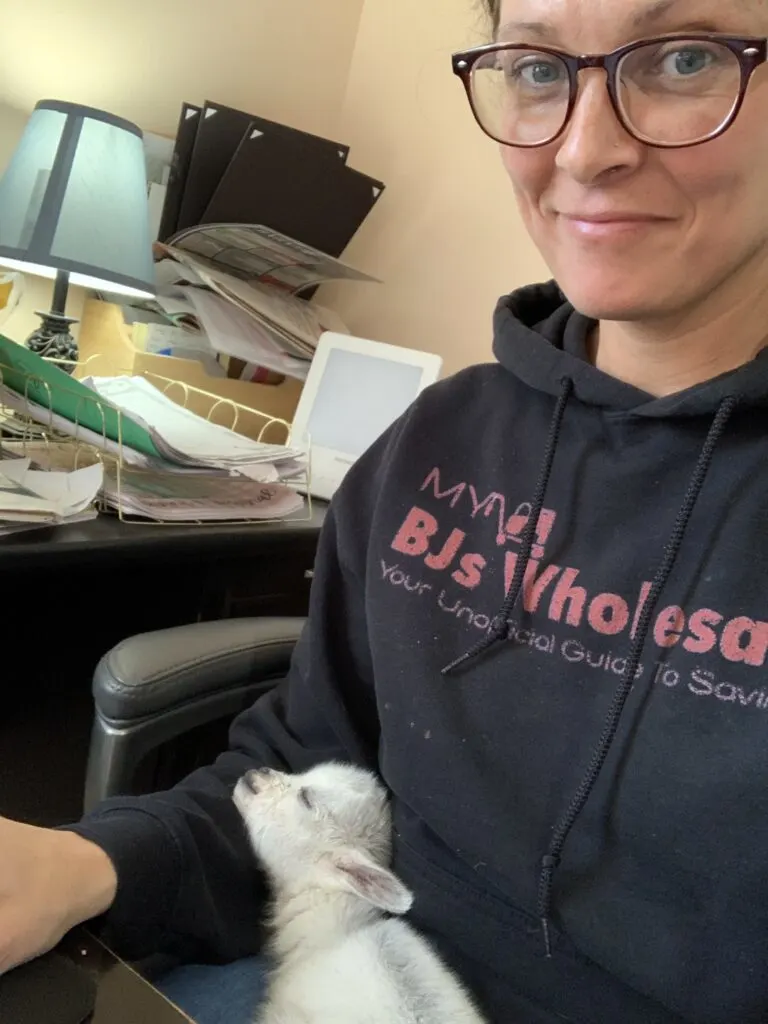
He was with us for only a little over a week, and man, it was rough. I’m grateful for those days inside. Having a goat in the house was a first experience for us all, and we enjoyed it—even if it didn’t end the way we hoped.
I have to give it more time. Even after uploading these pictures, I don’t want to talk too much about it. One day, I’ll write about it here on the blog. Thinking about him still makes my heart stop and my throat swell.
I’m telling you right now that you are doing your best and that thinking about downsizing doesn’t make you a terrible pet/livestock owner.

Streamlining the Process
Alright, decision time. How do we decide who gets to stay on the homestead?
- Performance and Purpose: Start with the easy ones. Any freeloaders or underperformers? Also, consider which animals align with your homestead goals. Are you looking to ramp up cheese production, or are you more about sustainable lawn care?
- Temperament: Keep the peacekeepers and consider rehoming the troublemakers. A harmonious homestead is a happy homestead.
- Health: Prioritize keeping healthy animals to avoid costly vet bills down the line.
Finding Good Homes
Now, for the hard part. Rehoming isn’t just about unloading your extras on the first taker. Here’s how to ensure they go to good homes:
- Network: Use social media, local farming groups, and word of mouth. I tend to use Facebook groups to sell the animals. Take good photos; they will make or break who reaches out to you.
- Vet Potential Owners: Ask questions—lots of them. Think of yourself as a matchmaker rather than just someone trying to offload animals. If they only take one goat, ensure they have another one.
- Be Transparent: Honesty about animals’ temperament, needs, and health status is crucial.
After You’ve Downsized
Congratulations! You’ve successfully downsized. Now what? Look at all that space you’ve got! It’s like finding an extra room you didn’t know existed in your house.
I have to say that after a few days of letting Willow go, I loved the extra space and not seeing the sheep run out of the barn because she was coming in. Of course, I miss her; she was my first goat, but it was the right decision.
Here are a few ideas:
- Expand Your Garden: More veggie room means more fresh produce for your table (and maybe even the local farmer’s market). I expanded my garden this year because of the addition of the greenhouse.
- Create a Recreation Area: A little R&R space for you and your family can make all the hard work feel worthwhile.
- Plan for Future Projects: Have you always wanted a workshop, studio, or larger chicken coop? Now’s your chance to dream big.
- Do Nothing. Or enjoy doing nothing extra and being content with where you are.
Downsizing your herd doesn’t have to feel like you’re giving up on your dreams. It’s more about recalibrating them. Remember, farming and homesteading aren’t just about how much you can produce and finding joy and fulfillment.
And if that means having fewer goats to trip over on your way to the barn, so be it. Here’s to making more room – in your farm and life – for the things that truly matter.
I hope sharing my experience helps you on your way. Have you recently downsized, and how did you feel afterward?
